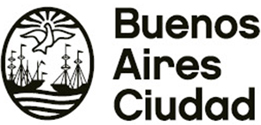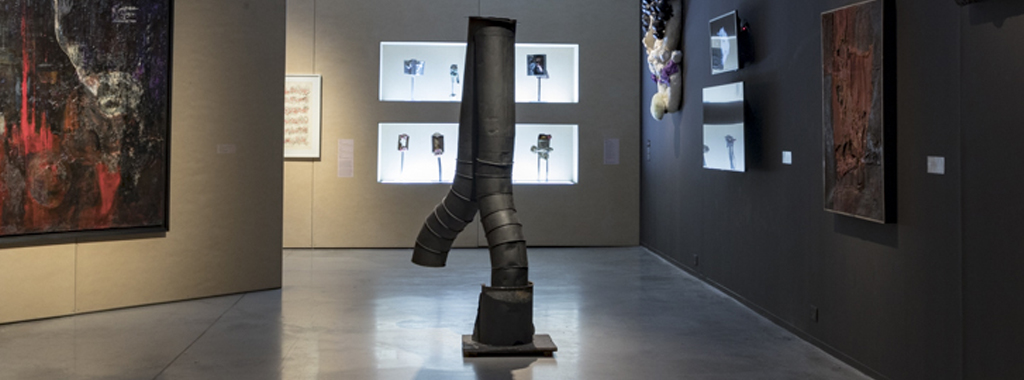In the 1960s, a time marked by radical experimentation and growing questioning of the limits of art, some artists renewed the tactics of the avant-gardes in a series of gestures of destruction of their own works and their meanings. This repertoire of ludic approaches set out to revitalise art, both at the start of that decade, obsessed as it was with cultural modernisation, and in the years that followed, when authoritarian governments and dictatorships were the order of the day. From that period of transformation emerged works reflecting not only on the vulnerability of objects, bodies and symbols but on their capacity for resistance.
With pieces from the Museo Moderno’s collection strongly present, particularly those from early on in its history, the exhibition brings together works by some of the most emblematic artists of the period. The ambivalence between play and anger is the main feature of these great creators’ relationships with their artistic objects. Like toys in the hands of children, they take on lives of their own and explode.
Juguetes rabiosos [Mad Toys] was conceived with the participation of guest artist Joaquín Aras (Buenos Aires, 1985), who delved into the 1960s film archives in search of affinities with the materials and sensibilities of the works on view here. In collaboration with the museum’s Conservation Department, Aras also produced a piece combining different strategies from experimental film to reflect on the work of restoration and the transcendent meanings of matter and memory in art collections.
Artists: Joaquín Aras, Fernando Birri, Zulema Ciordia, Noemí Di Benedetto, Leonardo Favio, León Ferrari, Luis Gowland Moreno, Alberto Greco, Alberto Heredia, Kenneth Kemble, Julio Ludueña, Rómulo Macció, Marta Minujín, Luis Felipe Noé, Margarita Paksa, Aldo Paparella, Federico Manuel Peralta Ramos, Dalila Puzzovio, Nicolás Rubió, Rubén Santantonín, Américo Spósito, Edgardo Antonio Vigo, Luis Alberto Wells, Yente
Guest Artist: Joaquín Aras
Curated by: Patricio Orellana
Exhibition Design: Daniela Thomas, Felipe Tassara e Iván Rösler
Production: Julieta Potenze



